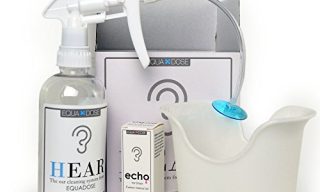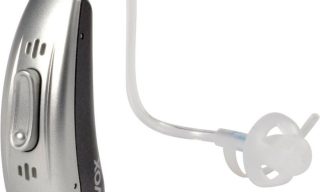Pleural Mesothelioma and What You Need to Know
Due to its long latency period of 20-50 years, pleural mesothelioma is a disease that mostly affects senior citizens. Pleural mesothelioma, which surrounds the lining of the lungs, is the most common form of mesothelioma and is caused by exposure to asbestos, a mineral that was once prevalent in the production of many items. These products range from small to large and can include things like oven mitts, the drywall in your home, and military naval ships.
Who’s at Risk?
Even though asbestos can be found all around us, it is those people who had continuous, long-term exposure who have the highest risk of developing the disease. This includes people who worked in occupations with high risk of asbestos exposure like miners, plumbers, and shipyard workers among many others. Also, military veterans likely were exposed to asbestos due to its use in numerous military applications, but because of the heavy use of asbestos on Navy ships and its close quarters, Navy veterans had the most asbestos exposure in general.
There are even cases where families of occupational workers contracted the disease from asbestos dust on the clothes or skin when coming home from work. Others are even exposed to asbestos through living near asbestos mines or naturally occurring deposits.
What are the Symptoms of Pleural Mesothelioma and How is it Diagnosed?
Symptoms of pleural mesothelioma mainly revolve around the chest and respiratory area because of the cancer’s location. These symptoms can consist of wheezing, coughing up blood, fever and night sweats, trouble swallowing, and swelling in the arms and face.
To diagnose pleural mesothelioma it may take time. The tests will likely begin with scans like X-rays or MRIs, but the only way to definitively diagnose pleural mesothelioma is through a biopsy.
Where Can I Find Help?
If you or someone you know is or is concerned of the possibly of suffering from pleural mesothelioma it is best to get help as soon as possible. The Pleural Mesothelioma Center is a 100% free resource and service center for sufferers of this disease and their family. Their Patient Advocates are more than happy to pick up the phone and talk you through any questions you may have. They can help you with finding local treatment centers or any other recommendations you may be looking for. For more information call 855-993-2604.











